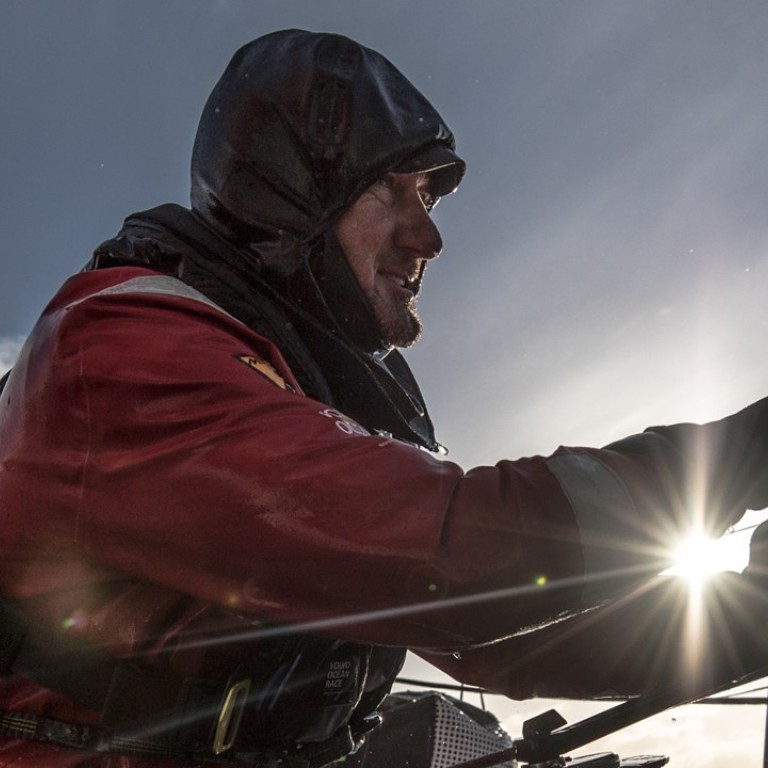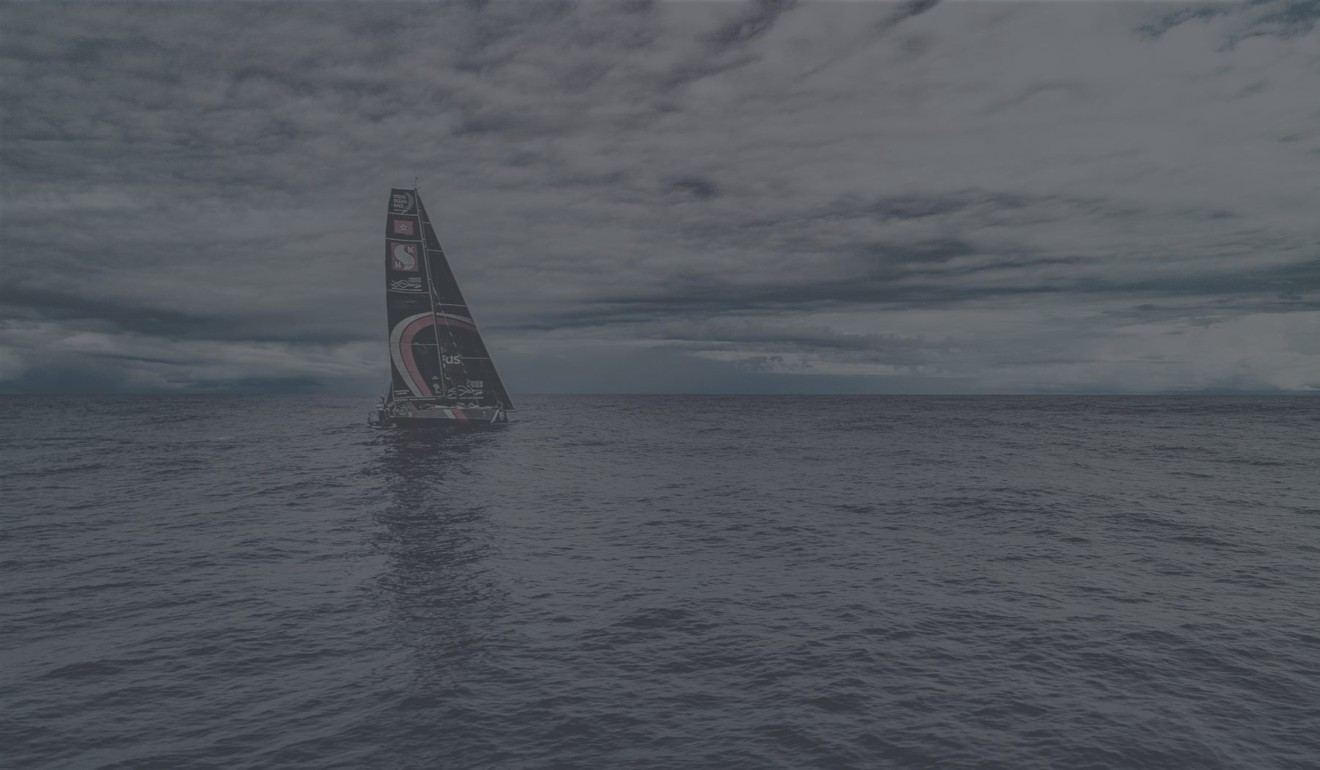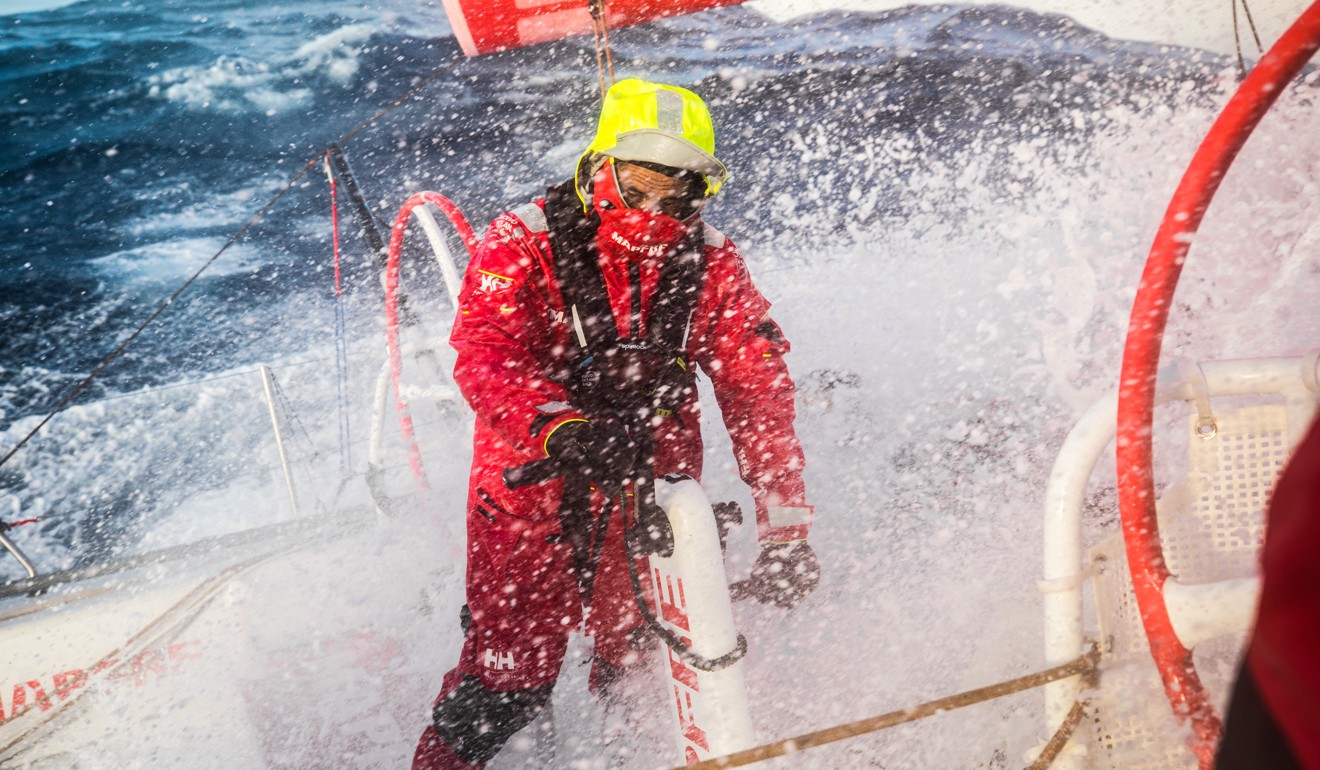
Hopes fading for missing Scallywag sailor John Fisher after he went overboard from Hong Kong Volvo Ocean Race boat
Maritime rescuers continue their search in the Southern Ocean but officials admit chances of finding the Briton are diminishing
David Witt and the rest of the crew aboard Scallywag were part of the intensive rescue effort, which also involved another vessel that was around 400 miles away and was asked to assist in the search by the Maritime Rescue Coordination Centre (MRCC). However, the Hong Kong boat is now making its way to the South American coast.

“The weather in the area is forecast to deteriorate significantly in the coming hours,” said Race Control in its latest update at 9.10am (HK time). “Given the severity of the forecast and with nightfall just over an hour away, we acknowledge the chances of a successful recovery are diminishing.
“SHK/Scallywag has thus made the difficult decision to turn downwind and head towards the South American coast, the nearest safe landfall, approximately 1,200 nautical miles away.”
Race Control denied reports that the search had been called off.
Fisher, who lives in Adelaide, Australia, is a veteran member of Ragamuffin (Scallywag’s old name) and has sailed on several Sydney to Hobart races.

It is not yet known how the Southampton-born Fisher fell from the 65-foot boat. Race Control says he was on watch at the time and wearing safety equipment when he went overboard. All other crew members are reported to be safe.
The wind in the area at the time was a strong 35-knot westerly, with accompanying sea state. Water temperature was 9 degrees Celsius and it was still daylight.
The Southern Ocean is a brutal test for boats and sailors. Winds can reach gale force, the water is almost ice cold and strong waves continually batter the boats as they travel at high speeds. The 7,600 mile journey is the most dangerous of the 11 legs.

The fleet is also sailing on the fringes of an exclusion zone where icebergs from Antarctica can pose a threat.
“30+ knots. 3-degree water temp. Snow/hail in the squalls. Questioning my life choices! Very important to keep banter and morale high right now!” was how Turn the Tide on Plastic’s Henry Bomby described it.
His skipper, Dee Caffari, added: “It is cold, bitterly cold on deck and down below. 3 degrees air temperature and 4 degrees sea temperature, makes for icy fingers and cheeks.”
In May 2006, Dutchman Hans Horrevoets died when he was washed overboard while sailing for ABN Amro in the Volvo Ocean Race. His body was recovered.
There were fatal accidents in 1989 and 1973 as well.
In January, a Chinese fisherman was killed when his vessel was involved in a collision with Vestas 30 miles from the finish line in Hong Kong.

